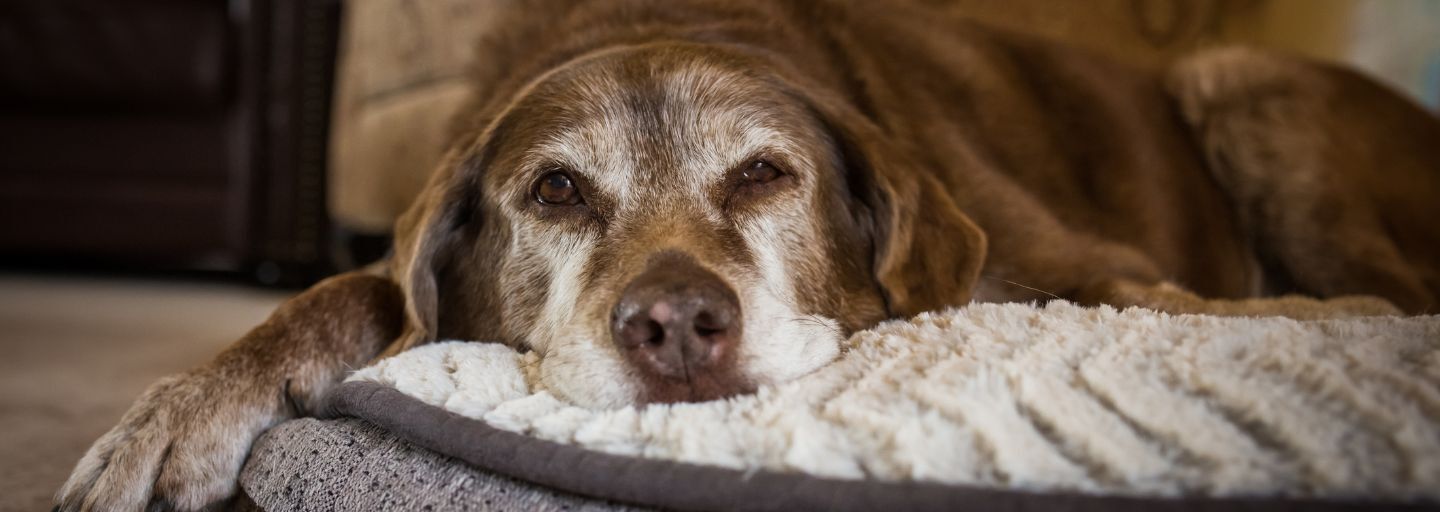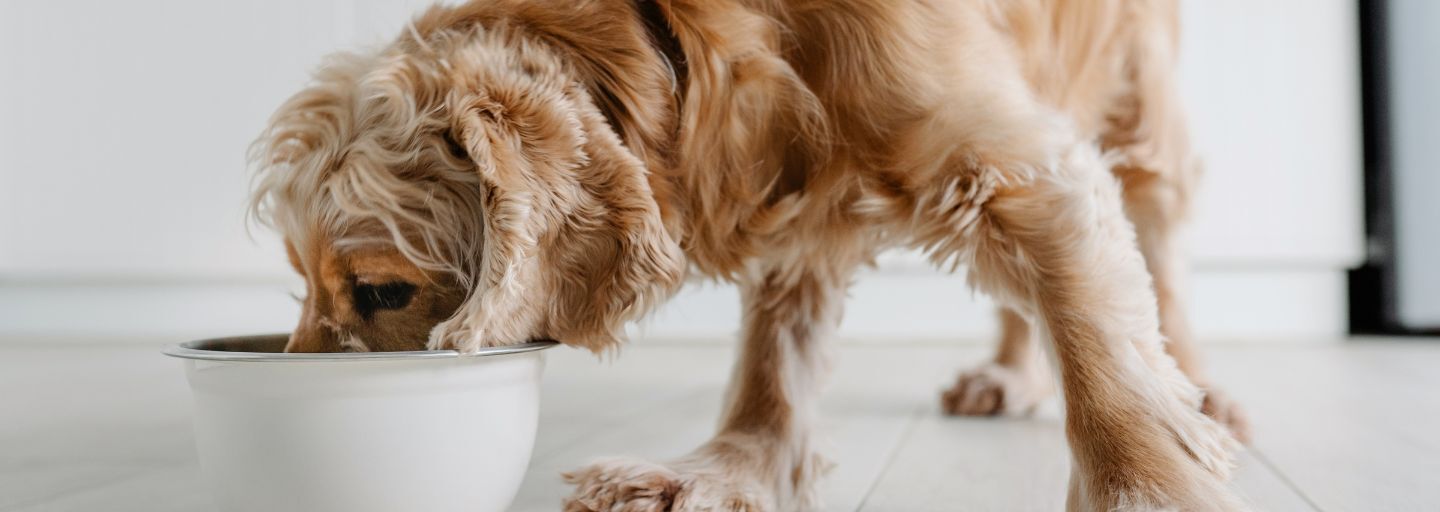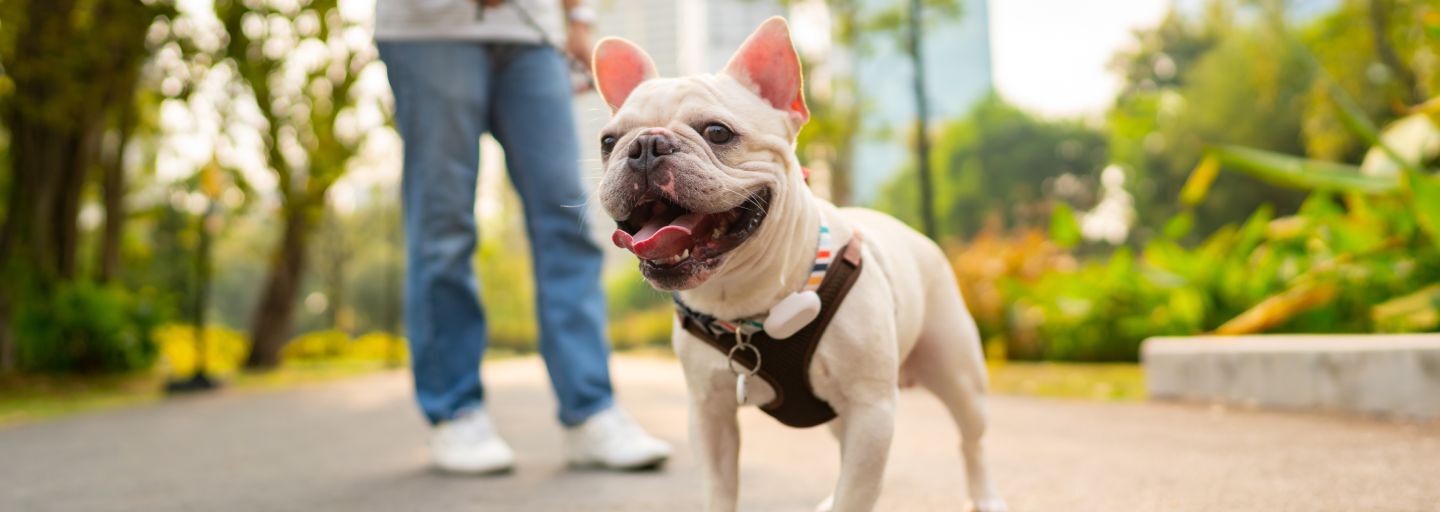Change in nutritional needs:
As dogs age, their metabolism changes and their need for calories decreases. In general, their maintenance energy requirement decreases by about 20% and their energy needs are decreased by another 10-20% as their activity usually decreases as well. If we feed older dogs the same amount we fed them when they were young, they will gain weight. Obesity is one of the main health problems of older dogs, as well as osteoarthritis and dental disease.
Skin and hair coat changes:
As with people, older dogs may start to show grey hair, especially on the muzzle and around the eyes. The coat may become thinner and duller; however, this can also be a sign of disease or nutritional deficiency. Feeding foods formulated with fatty acid supplements may help restore some of the luster to the coat.
Calluses:
It is common for older, large breed dogs to develop calluses on their elbows, especially if they lay down on hard surfaces. Providing a dog bed, especially an orthopedic bed, can help prevent calluses.
Decreased mobility:
Arthritis is a common occurrence in older dogs, especially large breed dogs and breeds which have a tendency to have hip dysplasia. Dogs with injured joints earlier in their life also have a tendency to develop arthritis as they age. Dogs may have difficulty going up and down stairs, jumping into the car, or exercising. Exercise routines should be adapted according to the dog's abilities. Swimming and several shorter walks a day may help maintain and strengthen the dog's muscles. You can also speak with your vet about any supplements that may assist with joint health.
Dental disease:
Dental disease is the most common change we see in older dogs. Studies show that even by age three, 80 percent of dogs exhibit signs of gum disease. Dogs who have not received proper dental care may develop dental disease as they age and may develop complications with systemic infections. A dental care program should consist of teeth brushing (if possible), regular dental check-ups, and professional cleaning as needed. You may also consider feeding dry food or using dental treats like Purina Dentalife which are specially developed to help with dental health.
Decreased heart function:
As a dog's heart ages, it loses some efficiency and cannot pump as much blood in a given amount of time. The valves of the heart can lose elasticity or the muscles in the heart weaken. Diagnostic tests such as radiographs (x-rays), an electrocardiogram (EKG), and an echocardiogram (ultrasound) can be used to diagnose heart disease by your veterinarian.
Decreased lung capacity:
Lungs also lose their elasticity during the aging process, and the ability of the lungs to oxygenate the blood may decrease. Older dogs may be more prone to respiratory infections.
Decreased liver function:
Although the liver has an incredible and unique way of regenerating, its ability to detoxify the blood and produce enzymes and proteins gradually decreases with age.
Increased sensitivity to temperature changes:
Older dogs lose their ability to regulate their body temperature. This means they are less adaptable to temperature changes. Dogs who could handle cold temperatures when they were young may not be able to as they age. Monitoring the environmental temperature around your dog and making adjustments will help your older dog be more comfortable. You may need to move his bed closer to a heater, get a coat for them, or keep him indoors during hot weather.
Hearing loss:
Slight hearing loss is hard to evaluate in dogs. Often hearing loss is severe before the owner becomes aware of the problem. The first sign noticed may look like aggression. In reality, it may be the dog was unaware of a person's approach, became startled when touched, and instinctively reacted. Owners may also report the dog is no longer obeying commands (the dog no longer hears them).
The hearing loss generally cannot be reversed, but some changes in interaction with the dog can help reduce the effects. One of the reasons to teach dogs hand signals for various commands while they are young is that these hand signals are very useful if the dog develops hearing loss. Dogs with hearing loss can still sense vibration, so clapping hands or stomping on the floor may alert the dog you are trying to communicate with him.
Vision:
Many dogs develop a condition of the eye called nuclear sclerosis. In this condition, the lens of the eye appears cloudy; however, the dog can usually see quite well. Many owners confuse this with cataracts (which do affect vision). Cataracts are common in older dogs of certain breeds, as is glaucoma. Any sudden changes in vision or appearance of the eyes could signal an emergency; contact your vet as soon as possible.







